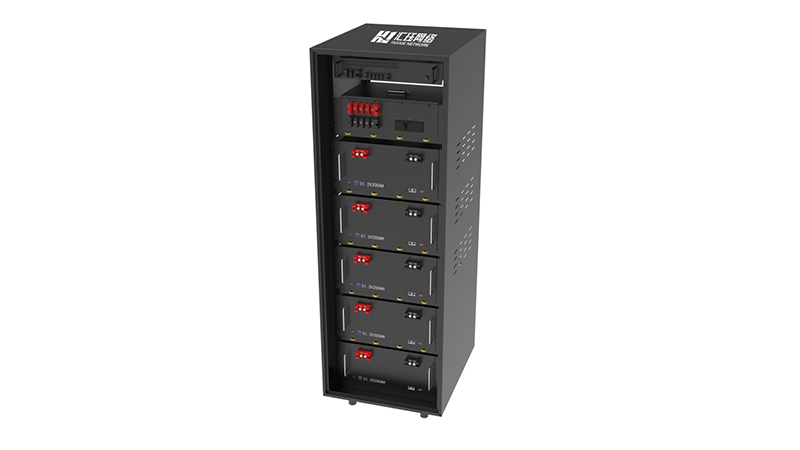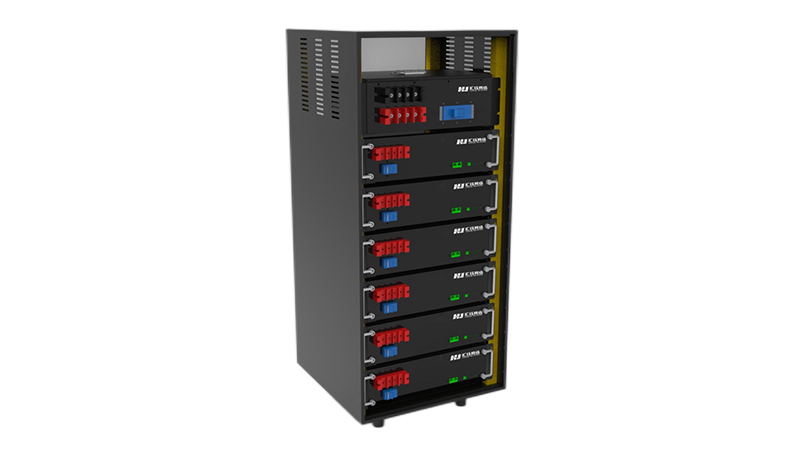
Data center cabling solution – MTPMPO cabling system
With the increasing demand for high bandwidth in data centers, high speeds have become the trend of data center cabling systems. Using MTP/MPO components for MTP/MPO (hereinafter referred to as MTP) cabling to achieve fast and efficient network cabling has become a common solution for data centers today. This article will explain the necessity and significance of high-density MTP cabling system, and introduce the MTP components separately.

Background of MTP wiring
In general, tight-buffered multi-core fibers require experienced technicians to terminate both ends. The advanced version of the MTP patch cord is pre-terminated, with MTP connectors at both ends, which can accommodate multiple fibers. These pre-terminated MTP jumpers are currently the most common 12-core and 24-core, up to 72 cores, male (with pins) and female (without pins). The emergence of MTP technology meets the requirements of large-capacity optical fiber systems, and is an ideal choice for data centers to achieve high density and high performance.
MTP Cabling Solution——Data Center Cabling Trend
Traditional LC cabling systems have long been unable to meet the high transmission rate and high density requirements of large data centers, so some IT designers have turned to MTP cabling solutions. This wiring scheme is different from LC wiring, and can perfectly adapt to the requirements of high-speed, high-density and structural wiring. The specific advantages are as follows:
- Stable and durable
The ferrule design of the MTP connector reduces the possibility of signal instability to a certain extent and improves durability.
- High Density and Scalability
The MTP connector conforms to the carrier-grade Telcordia standard (formerly Bellcore standard), and has been used in different environments for more than ten years, solving the problem of carrying multiple optical fibers with a small capacity. For example, LC duplex connections in a 1U chassis can accommodate 144 fibers, while MTP can accommodate 864 fibers, which is nearly six times the former. 3. Time-saving and worry-free, high deployment efficiency
It might take a network installer a day to terminate and inspect 144 fibers, but by using MTP connectors, 12 or 24 fibers with tool clips the time is greatly reduced . If you use plug-and-play pre-installed cables, the entire installation process will be more time-saving and worry-free, and the later maintenance costs will be lower.
- Prepare for network upgrade
MTP cabling can be used for direct connection of 40G-40G, 100G-100G, 200G-200G, 400G-400G, and can also be used for upgrade and uplink connection. It is very common to use MTP cabling system to upgrade from 10G to 40G/100G/120G, and it is an economical and reliable option to upgrade 10G network to higher speed Ethernet. At the same time, the uplink connection between devices with different rates can also be realized through the MTP cabling system, such as 25G-100G, 50G-200G/400G, 100G-400G, 200G-400G.
- Structured rack cabling
MTP structured cabling provides a layered structure for the network, and will provide multiple connection solutions through the aggregation layer, which can reduce the problem of cable clutter. When the data center needs to be expanded in the future, a long-term solution can be built by installing a structured MTP cabling system to meet your needs.

MTP jumper products: diverse needs, multiple choices
There are a wide variety of MTP wiring series products to meet different application needs, including MTP jumpers, MTP distribution boxes, and MTP-LC branch cables:
MTP master jumper
The MTP backbone jumper is composed of an optical cable and connectors at both ends, which can be used to connect optical modules to form a complete link, usually can accommodate 8, 12, 16, 24, 32, 48 or even 72 core fibers, Fully meet the requirements of high-density wiring. There are two main applications: one is for direct connection of optical modules, such as connecting
40GBASE-SR4/PLR4, 100GBASE-SR4/SR10, 200GBASE-SR8, and 400GBASE-SR8, another case is used in distribution boxes and panels to achieve structured cabling, which helps to quickly deploy in high-density environments Dry net.

MTP branch jumper
One end of the MTP branch jumper is equipped with an MTP connector, which can be branched into multiple LC connectors. The number varies from 4, 6, 8 to 12. The connector types can be LC, SC, ST, etc. Convert multi-core patch cords to simplex or duplex connectors. MTP branch jumpers are divided into single-mode and multi-mode, and the transmission distance can be extended from a few meters to a longer distance. It is an ideal choice for 10G-40G, 25G-100G, and 10G-120G network conversion.
MTP conversion jumper
The MTP conversion jumper adopts the same fan-out design as the MTP branch jumper, but both ends are connected to MTP connectors. The number and types of fiber cores of the connectors at both ends are different, providing a variety of connection possibilities for the 24-core cabling system, which can realize 24 cores to 2*12 cores, 24 cores to 3*8 cores, 3*8 cores to 2 *12 cores and many other applications.
MTP Adapter and MTP Adapter Panel
MTP adapter is a supplementary product of MTP fiber optic jumper, according to the direction of the key, there are two types: key up-key up and key up-key down. Two types of adaptation
MTP adapter is a supplementary product of MTP fiber optic jumper, according to the direction of the key, there are two types: key up-key up and key up-key down. Both types of adapters are suitable for connection between MTP jumpers or between jumpers and equipment, which are very common in main wiring and distribution box applications. The MTP adapter panel can accommodate more adapters and is an upgraded structure with a safety plate. With pre-installed adapters, the adapter panel can act as an intermediary between the backbone network and jumpers, thus providing a more stable and compact network solution.
MTP fiber distribution box
The MTP optical fiber distribution box is a closed box structure, generally there are 12 or 24 optical fibers inside, with LC or other types of connectors at the front and MTP connectors at the rear, which can divide the optical fibers of the main cable into Duplex jumper. The MTP distribution box is matched with the rack, which can quickly deploy high-density data center infrastructure, and can troubleshoot and reconfigure during management.
MTP-LC Rack Mount Adapter Panel
The 96-fiber pre-terminated MTP-LC rack adapter panel can be installed on a 19-inch wide distribution frame, so 96-fiber can be directly deployed in a 1U rack without additional equipment. When you need to deploy 10G-40G or 25G-100G connections, you can use MTP jumpers to connect from the 40G/100G switch port to the rear port of the panel, and then use duplex LC jumpers to connect the 10G/25G devices to The front port of the panel will do. This MTP-LC rack mount adapter has a flexible and detachable cable management panel at the rear of the panel, which greatly simplifies the main cable management, helps to improve installation efficiency and optimize cable layout.
Summarize
Obviously, with the deployment of 40G/100G/200G/400G data center networks, high speed and high density have become a trend, and traditional LC cabling can no longer meet the demand. However, the MTP cabling solution caters to this trend and paves the way for building a high-performance data center network with its time-saving, space-saving, and cost-saving advantages, as well as its superior stability and high-density features. There is no doubt that MTP wiring scheme and MTP wiring components are the best choice for data interconnection and high-speed migration.



